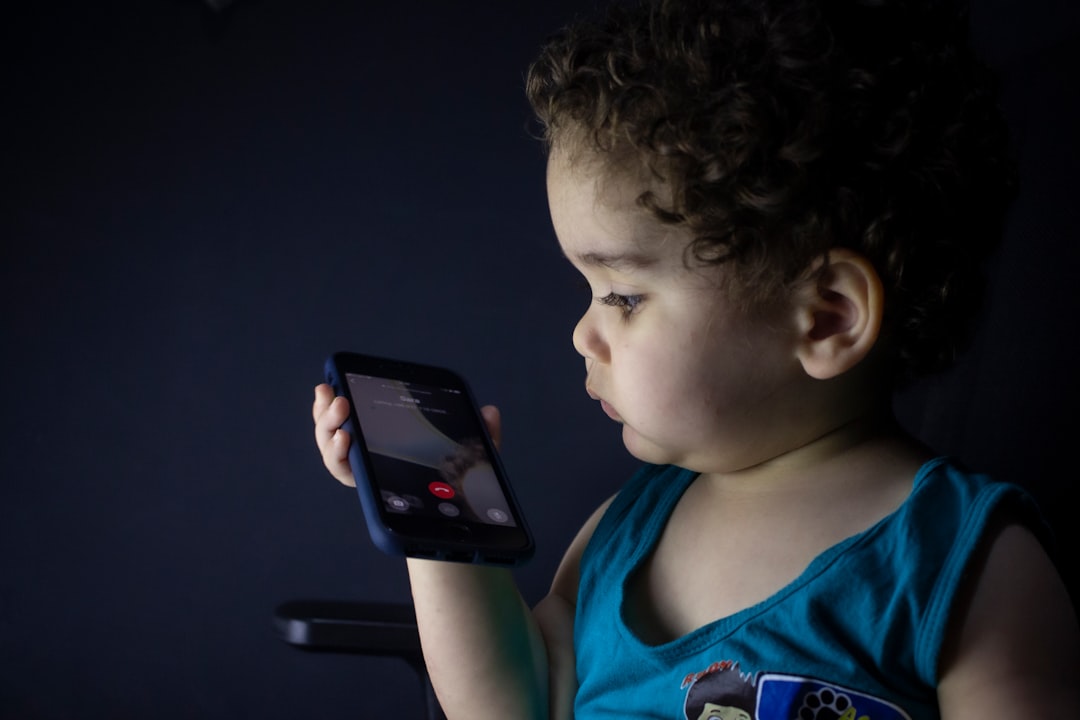In the 21st century, education is undergoing a transformative phase, where technology integrates deeply into the learning processes of children. This integration promises a myriad of benefits, from personalized learning paths to global classrooms without borders. As digital tools become more pervasive, understanding the interaction between technology and children’s education is crucial for parents, educators, and policymakers. This article explores how technology is reshaping educational landscapes for children, highlighting innovative tools and methodologies that are making learning more accessible, engaging, and effective.
The Digital Classroom
The concept of the classroom has evolved significantly with the advent of technology. Interactive whiteboards, tablets, and virtual reality (VR) systems are now common, transforming traditional learning environments into dynamic spaces. Digital classrooms offer multimedia presentations and simulations that appeal to diverse learning styles and needs, making complex concepts easier to grasp. Moreover, these technologies foster collaboration among students, even those who are miles apart, through platforms that support real-time communication and project sharing.
Personalized Learning Experiences
Technology enables personalized education, where learning initiatives tailor to the individual needs of each student. Adaptive learning software assesses a child’s current understanding and learning pace, adjusting the curriculum accordingly. This approach not only enhances learning by focusing on areas of difficulty but also promotes self-paced education. Children can explore their strengths and interests more deeply, potentially leading to a more fulfilling educational experience.
Enhancing Accessibility
One of the most significant impacts of technology in education is the enhanced accessibility it provides. Educational technology (EdTech) breaks down barriers for children with disabilities and those from remote or underprivileged areas. Text-to-speech software, audiobooks, and apps designed for learners with specific needs make education more inclusive. Furthermore, the internet grants access to world-class resources, ensuring that geographical and socioeconomic factors have a lesser impact on the quality of education a child receives.
Gamification of Learning
Gamification is an approach that applies game-design elements in non-game contexts, such as education. By integrating points, badges, and leaderboards into educational software, learning becomes more engaging and motivating for children. This method not only makes learning fun but also encourages a healthy competitive spirit and provides instant feedback, which is essential for learning and improvement. Educational games can cover everything from language arts to complex mathematical problem-solving, catering to a wide array of subjects and age groups.
Preparing for the Future
As the world becomes increasingly digital, children need to be prepared to navigate and succeed in it. Exposure to technology from an early age can enhance digital literacy, which is essential in virtually every career path today. Furthermore, learning about programming, digital design, and other tech-related subjects can spark interest in careers in STEM (Science, Technology, Engineering, and Mathematics), fields that are crucial for the future of our global economy. Education technology not only aids in the basic educational curriculum but also in developing critical thinking, creativity, and problem-solving skills, which are highly valued in the workforce of tomorrow.
In conclusion, the integration of technology in education offers exciting possibilities for enhancing and personalizing the learning experiences of children. From digital classrooms to gamified learning, technology empowers educators to address the unique needs of each student while preparing them for a digital future. As we continue to explore and innovate, the potential for educational technology to transform learning is limitless, promising a brighter future for all learners.




